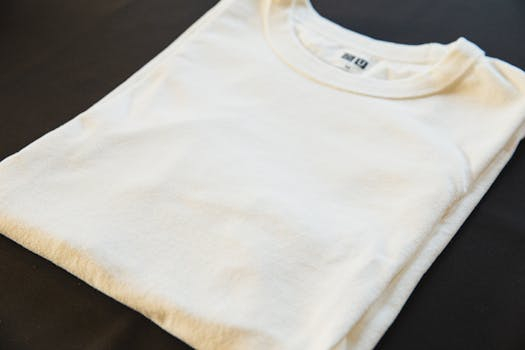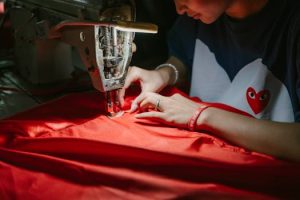Biomimetic Clothing Designs Inspired by Natural Systems
Biomimicry, the practice of taking inspiration from nature to improve human design, has been gaining traction in various industries. From architecture to transportation, designers are looking to the natural world for solutions to complex problems. The fashion industry is no exception, with biomimetic clothing designs becoming more prevalent in recent years. This approach not only leads to visually stunning and innovative fashion, but also has the potential to make the fashion industry more sustainable. In this article, we will explore the concept of biomimetic clothing designs inspired by natural systems and their potential impact on the fashion industry.
The Science behind Biomimetic Clothing Designs
Before delving into specific examples of biomimetic clothing designs, it’s important to understand the science behind this concept. Biomimicry is based on the idea that nature has already solved many of the problems we face as humans, and we can learn from these solutions to improve our own designs. By studying how living organisms have adapted to their environment, designers can find inspiration for new and improved designs.
The key to biomimicry is the principle of sustainability. Nature does not create waste, and everything is in a constant state of balance. This is in stark contrast to the fashion industry, which is notorious for its negative impact on the environment. By taking inspiration from nature, biomimetic clothing designs have the potential to be more sustainable and environmentally friendly.
Biomimetic Clothing Designs Inspired by Natural Systems
1. Lotus Effect
The lotus plant is well known for its unique ability to repel water. This phenomenon, known as the lotus effect, has inspired designers to create waterproof fabrics without the use of harmful chemicals. By mimicking the surface of the lotus leaf, which has tiny wax structures that prevent water from sticking, designers have been able to create water-resistant and breathable fabrics. This has led to the development of environmentally friendly raincoats, shoes, and even self-cleaning textiles that do not require frequent washing.
2. Spider Silk
Spider silk is renowned for its strength and elasticity, making it a highly sought-after material for clothing. However, harvesting spider silk is not a practical option for mass production. This is where biomimicry comes in. Researchers have looked to the golden orb-weaving spider for inspiration and have been able to produce synthetic spider silk with similar characteristics. This has opened up the possibility of using spider silk in fabrics for better longevity and durability of clothing.
3. Termite Mounds
Termite mounds are known for their efficient ventilation system, which keeps the temperature inside the mound regulated despite the sweltering heat outside. This same concept has been applied to create self-cooling fabrics. By mimicking the structure of termite mounds, designers have been able to create lightweight and breathable fabrics that keep the wearer cool in hot weather. This has the potential to reduce the use of air conditioning and decrease energy consumption, making these fabrics not only eco-friendly but also cost-effective.
4. Bioluminescence
Bioluminescence, the ability of living organisms to produce light, has been a source of fascination for scientists and artists alike. In the fashion industry, designers have taken inspiration from bioluminescence to create glow-in-the-dark fabrics without the use of chemicals. These fabrics have the potential to reduce the use of artificial lighting at night, contributing to energy conservation.
The Impact of Biomimetic Clothing Designs on the Fashion Industry
Biomimetic clothing designs have the potential to revolutionize the fashion industry by making it more sustainable and environmentally friendly. By reducing the use of harmful chemicals and decreasing energy consumption, these designs can help mitigate the negative impact of the fashion industry. Additionally, biomimicry can lead to innovative and visually striking designs that set a new standard for fashion.
Moreover, biomimetic clothing designs can also have a positive impact on the economy. By reducing the use of expensive and non-renewable resources, these designs can open up new opportunities for sustainable production and reduce the cost of manufacturing. This could lead to the emergence of a new market for environmentally friendly fashion, creating jobs and boosting the economy.
In Conclusion
Biomimetic clothing designs are a perfect example of how we can learn from nature to create more sustainable and innovative designs. From the lotus effect to bioluminescence, designers have looked to the natural world for inspiration and have created designs that not only look spectacular but also have the potential to make the fashion industry more sustainable. By incorporating biomimicry into fashion, we can pave the way for a more environmentally friendly and economically viable industry.











